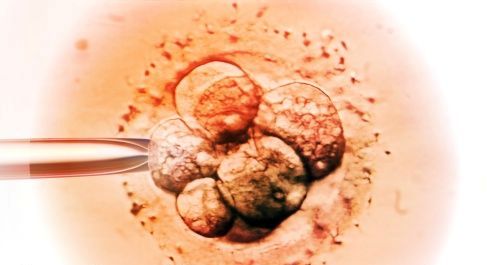Before having an IVF process it is best to find out what the process truly means so that you will know what to expect. Keep in mind that it is possible that the first cycle will not be successful and in this case you shouldn’t be demotivated, but go on trying until you succeed.

Referral and the process of IVF
To have IVF there is need for a professional to refer you. Such referrals can be used only for three months. In case you see a specialist later, the costs that you will have to pay will increase. The best thing you could do is to ask for a referral from your doctor that says ‘indefinite’ so that you won’t have problems of this kind.
In case of the process of IVF, the kind of referral you get has a direct influence over the costs that you will have to pay out of your pocket. Make sure that the referral covers both of the partners and it should have the contact details of your doctor and the date should be the first day of the period of the woman.
Medication
During the IVF process, you will have to take some fertility medication to control your ovulation to make sure that the doctors will be able to collect as many eggs as possible. This stage is known as ovulation induction. There are some reasons for which it is better to have several eggs.
In case of the process of IVF it is best to have more eggs because some of them may not fertilize or develop after they are collected. The development of the egg is monitored with the help of ovary ultrasound but you could also have blood and urine tests to check for your hormone levels.
Retrieval
One of the most important steps of the IVF process is the egg retrieval. During this the doctor uses ultrasound imaging and a needle. For the patient not to feel discomfort or pain, she is under local anesthesia. The needle is used to remove the eggs and this is known as follicular aspiration.
It is possible to experience some cramping at this stage of the process of IVF, but this usually disappears the following day. Nonetheless you could still have a feeling of pressure or fullness that lasts for a longer period. The specialists also need the sperm of your partner, which is prepared for the procedure.
Insemination
This is a key step of the IVF process. During this phase the eggs and sperms are combined in a laboratory setting in incubators that make fertilization happen. If there aren’t high chances of insemination, the specialists use a technique known as intracystoplasmic sperm injection.
During such a process of IVF, a single sperm is injected into the egg to ensure fertilization. After this the eggs are monitored to make sure that insemination was successful and that the cell division starts. If this happens, the eggs are considered to be embryos.
Transferring
As one of the last steps of the IVF process, the embryo gets transferred into the uterus of the woman one to six days after insemination. Usually this happens 2-3 days after fertilization. During the process there is a speculum inserted into the vagina and the embryos are placed into the womb through a catheter.
Normally this step of the process of IVF is monitored by ultrasound and it is supposed to be painless. Nonetheless it is possible for women to experience some cramping.
As you can see the IVF process isn’t scary at all, the only problem is that a cycle isn’t always successful.



